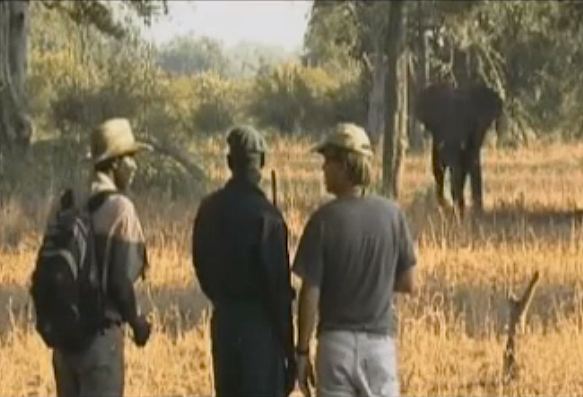Far off in a remote area of Zambia, a new model for conservation is saving not only elephants and lions and the habitat, but reducing poverty and hunger among thousands of poor farmers who share this valley with these magnificent animals.
Over a decade ago when conservationists in the Luangwa Valley figured out the connection between poverty and poaching, things began to improve rapidly. When they learned the reason poachers hunted game was to feed their family, a great program called COMACO was hatched. By educating women and poachers in farming, bee-keeping, carpentry, and metal working, they were improving villagers lives and poaching began to plummet.
Wildlife Conservation Society biologist Dale Lewis has turned everything around since he founded COMACO (Community Markets for Conservation) and launched its training and recruitment programs in 2001. Since then, 661 poachers have retired from active hunting and for each one of them an average of 50-60 animals per year were saved.
The testimonials on the COMACO website tell a remarkable tale:
“In the past, if a young boy killed a buffalo, he gained respect. But those things you must sell at a cheap price because you can always be caught,” said another former poachers. “With a table, I can sell it [openly] to any person who wants it. Before, our parents told us, “hey, bring that knife,” and in that way we were trained to hunt. Now I tell my children, “bring that saw.” My sons will be carpenters, and life will be better for them.”
COMACO’s food products and crops, grown and packaged under the name It’s Wild, are now marketed around the region.
LEARN the ways you can help on their website, www.itswild.org.
WATCH this brilliant video from National Geographic Society
Story tip from Jessica Lynn Arconti




















